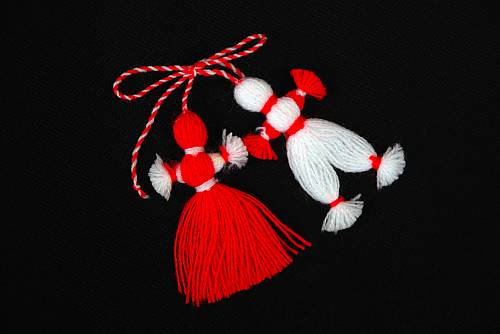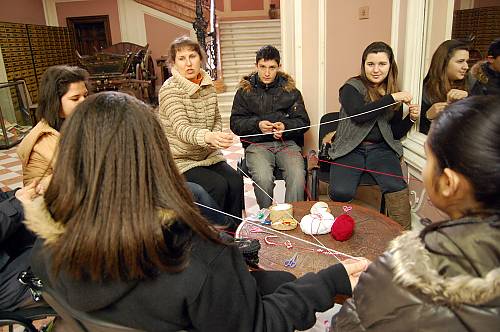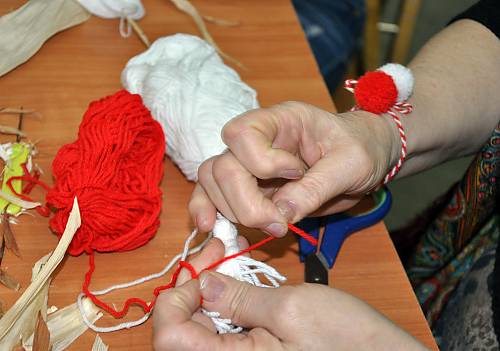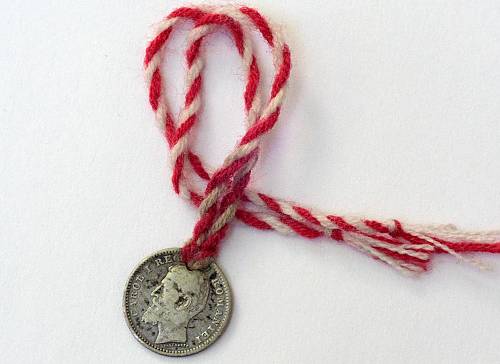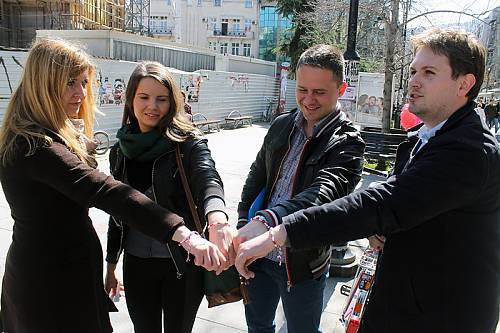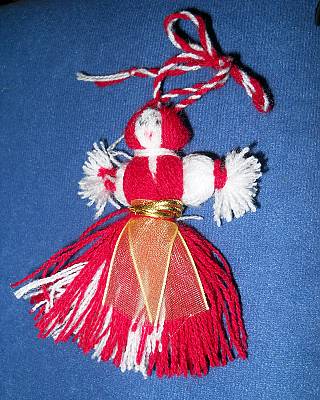Cultural practices associated to the 1st of March
Bulgaria, North Macedonia, Republic of Moldova and Romania
Inscribed in 2017 (12.COM) on the Representative List of the Intangible Cultural Heritage of Humanity

Cultural Practices Associated to the 1st of March comprise traditions transmitted since ancient times to celebrate the beginning of spring. The main practice consists of making, offering and wearing a red and white thread, which is then untied when the first blossom tree, swallow or stork is seen. A few other local practices also form part of a larger spring celebration, such as purification actions in Moldova. The artefact is considered to provide symbolic protection against perils such as capricious weather, with the practice ensuring a safe passage from winter to spring for individuals, groups and communities. All members of the communities concerned participate, irrespective of their age, and the practice contributes to social cohesion, intergenerational exchange and interaction with nature, fostering diversity and creativity. Informal education is the most frequent means of transmission: in rural areas, young girls are taught how to make the thread by older women, while in urban areas apprentices learn from teachers, craftspeople and through informal education. Another occasion for transmission is provided by Martenitsa/Martinka/Mărţişor workshops organized by ethnographic museums. The communities concerned are actively involved in efforts to inventory, research, document and promote the element, and numerous cultural projects geared at its safeguarding are underway.
